Respecting different work styles in a post-pandemic world
The pandemic caused disruptions in all areas of people’s personal and professional lives. Now, as we learn to live in the new normal, how can leaders be respectful of employees’ changed vision of what they want from a workplace?
Where are we now?
COVID-19 brought about a culture of work from home, and thus the emergence of a new digital industry.
It’s also gradually shifting the balance of power from the employer to the employee, giving the latter more agency to determine how, where and why they want to work with an organisation. As a part of this, the latter are now seeking a hybrid model of work that emphasises meaning over activity.
But while employees have adapted to the change, many feel their employers do not trust them with remote work.
Employers may certainly have valid concerns about accountability and productivity when it comes to remote work. But they need to find ways to address this so that they can ensure work does not suffer, while at the same time giving employees some freedom to choose how and where they work. Employers need to understand and respect employees’ work preferences and styles, and enable them to balance them out with the company’s needs.
What can you do?
Employers need to adjust their expectations and behaviours at work to empathise with and ensure their staff have a safe and enjoyable workplace. A key part of this is developing their soft skills such as:
Communication - To effectively convey messages and instructions without miscommunication and misunderstandings.
Compassion - To understand another person’s (employee) viewpoint and feelings.
Flexibility and adaptability - An extension of compassion, flexibility asks an individual to be less rigid in their beliefs and ways of working.
Developing these skills takes time, patience and perseverance. Seek constructive feedback from trusted peers and mentors to gauge where you stand, or take online courses for soft skill development.
Next, focus on creating the right conditions for your employees to thrive. This can be by ensuring they have the right hardware to work from home, a safe space to work from if they choose to come into the office, and the right support tools to enable seamless transitions if they choose a hybrid model and need to troubleshoot.
Above all, hold on to core values, not operational systems, and keep communication channels open.
What’s next?
Both employers and employees need to retrain and reskill. The latter to stay relevant, and the former to enable their staff to do their work efficiently.
A hybrid workplace will also open a new frontier in diversity, equity, and inclusion efforts, as companies work to ensure that all employees have access to the same experiences and opportunities whether they’re on campus or remote.
As the future of work changes, so too must employers and employees. Without such a change, we risk falling behind.

